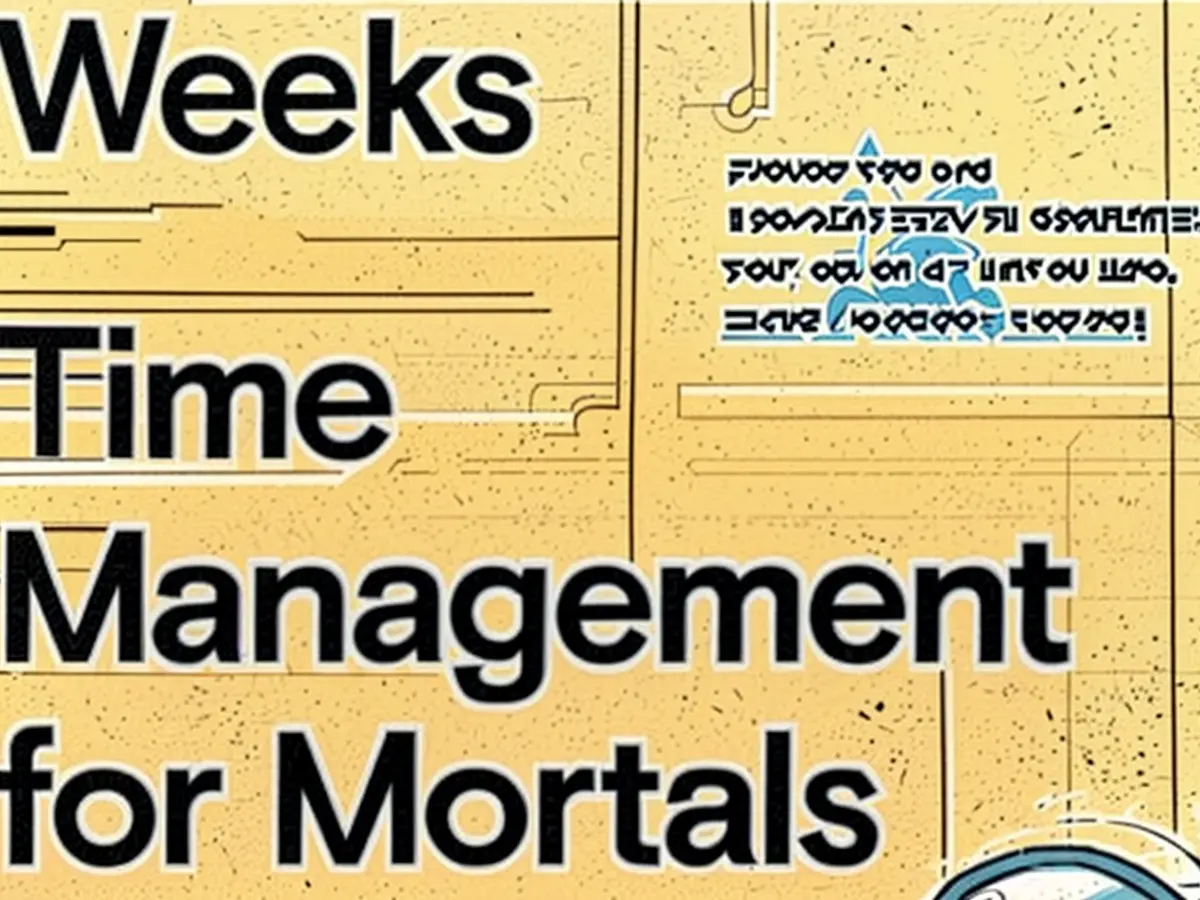Get More Done With the ‘3-3-3 Method’
Sometimes, determining which projects you should devote your time and energy to first takes energy you don’t have to spare (which is why we have tips for how to do it). But even when you know what tasks need to be done, you still need to figure out how to prioritize them. Try the 3-3-3 method.
What is the 3-3-3 method?
This technique comes from Oliver Burkeman, author of Four Thousand Weeks: Time Management for Mortals($13.99). He advocates planning each workday around a 3-3-3 model, first devoting three hours to deep work on your most important project. Next, complete three other urgent tasks that don’t require three hours of focus. Finally, do three “maintenance” tasks, like cleaning, answering emails, or scheduling other work.
Four Thousand Weeks by Oliver Burkeman$11.79


$11.79
To figure out which tasks are which, I recommend using a prioritization method like the Eisenhower matrix, which involves using a quadrant system to divvy up your responsibilities by urgency and importance. You'll want to consider not only how timely the things you need to do are, as well as how many resources they'll consume.
Why the 3-3-3 method works
What distinguishes this method from other productivity hacks are those first three hours of deep work. Jumping into them first means you’ll be fresh, focused, and more likely to be able to jump into a task without getting distracted. Keep those three hours free of emails, texts, chit-chat, or other menial duties, to the best of your ability. (Check out a full guide to engaging in deep work here.)
Deep work yields major productivity, so you’ll get a lot accomplished if you commit to it, but you can’t stay in that mindset forever. You’ll top out after about three hours, so it’s best to have those three other, smaller tasks lined up and ready to go so you can stay productive even while downshifting into less demanding responsibilities.
Finally, your maintenance tasks give you a chance to get things done while giving your brain a rest. This technique is similar to “eating the frog”—or doing your hardest task first thing—as you’ll feel the same sense of relief when moving onto lesser tasks. Use your maintenance time to prepare for the following day’s work or put finishing touches on whatever you were working on during those three hours of intense focus.
After dedicating three hours to your most important project during your workday using the 3-3-3 method, you can then move on to completing three other urgently required tasks that don't need extensive focus. Subsequently, utilise the remaining three hours for maintenance tasks, such as answering emails or scheduling appointments, allowing your brain to rest while still being productive.








